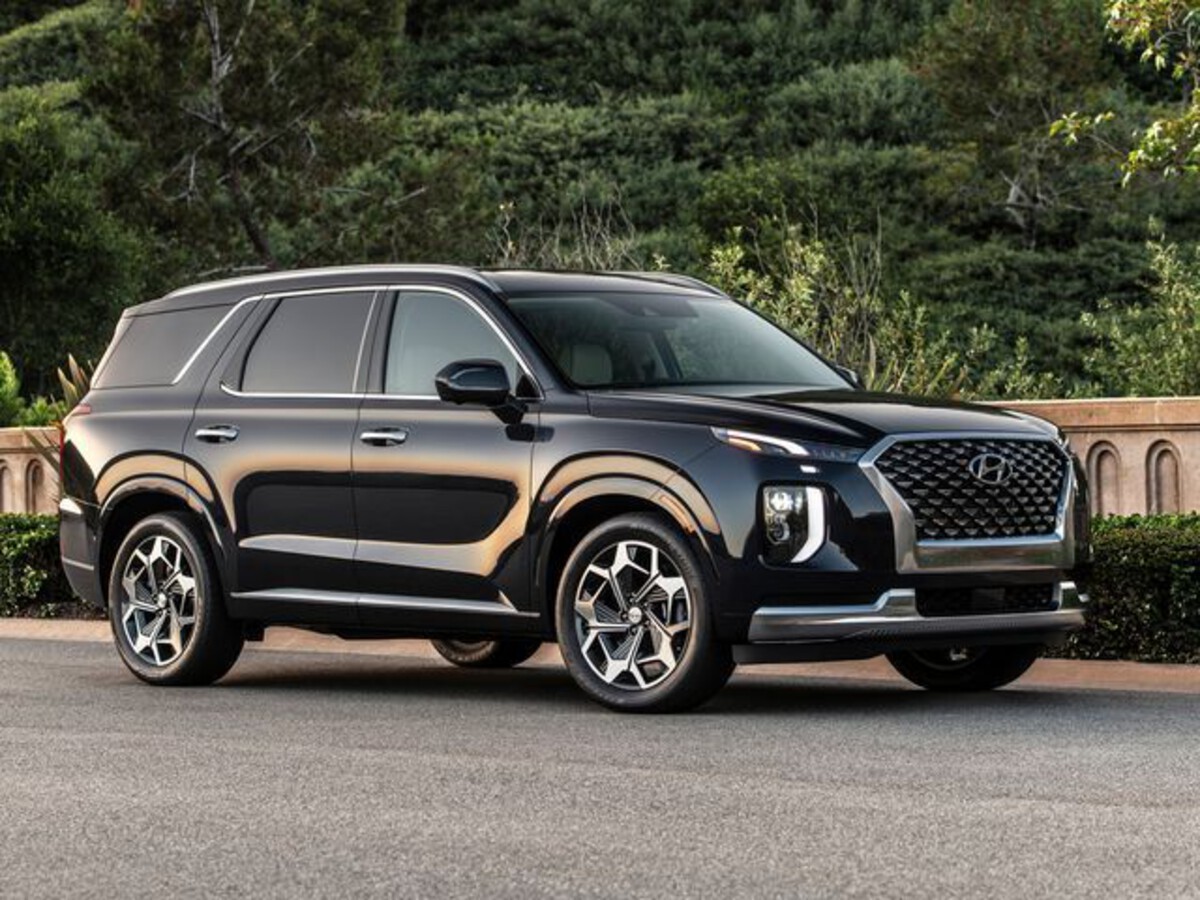For families who rely on their SUV for everyday life, commuting, school drop-offs, road trips, and weekend getaways, reliability isn’t just about how a vehicle drives. It’s about how consistently it supports every member of the household with comfort and convenience.
Two key areas where this truly matters are the air conditioning and the vehicle’s electronic systems. When either of these features starts malfunctioning, it’s not just inconvenient; it disrupts the entire experience. Long drives become uncomfortable, safety features may stop working as intended, and entertainment options might disappear right when they’re needed most.
Many manufacturers claim their vehicles are built to last, but not all family SUVs live up to that standard when it comes to keeping their climate control and electronic systems trouble-free. Some models develop quirks after just a few years, while others show signs of wear only after the warranty expires.
The best family SUVs, on the other hand, show consistent dependability in these areas well beyond their early years. They hold up to seasonal temperature swings, long hours of use, and constant electronic demand from modern tech-dependent lifestyles.
This article looks at ten family SUVs known for their track record of solid performance in both air conditioning and onboard electronics. These vehicles were selected based on long-term owner satisfaction, reliability surveys, and consistent design that avoids common pitfalls.
While no car is perfect, some manage to stand out by avoiding the issues that frustrate many SUV owners, issues like failing blower motors, glitchy infotainment screens, faulty sensors, or dashboard systems that require frequent software resets.
Whether you’re looking for a vehicle to haul kids to soccer practice or one that handles a cross-country road trip without giving you heatstroke or a blacked-out touchscreen, the following SUVs offer a level of reliability that families can count on. Each one represents a different size, price range, and style, but they all share one thing: they rarely disappoint when it comes to keeping the AC cold and the electronics running smoothly.
Also Read: 5 Cars with Lifetime Drive Shafts vs 5 with U-Joint Failures
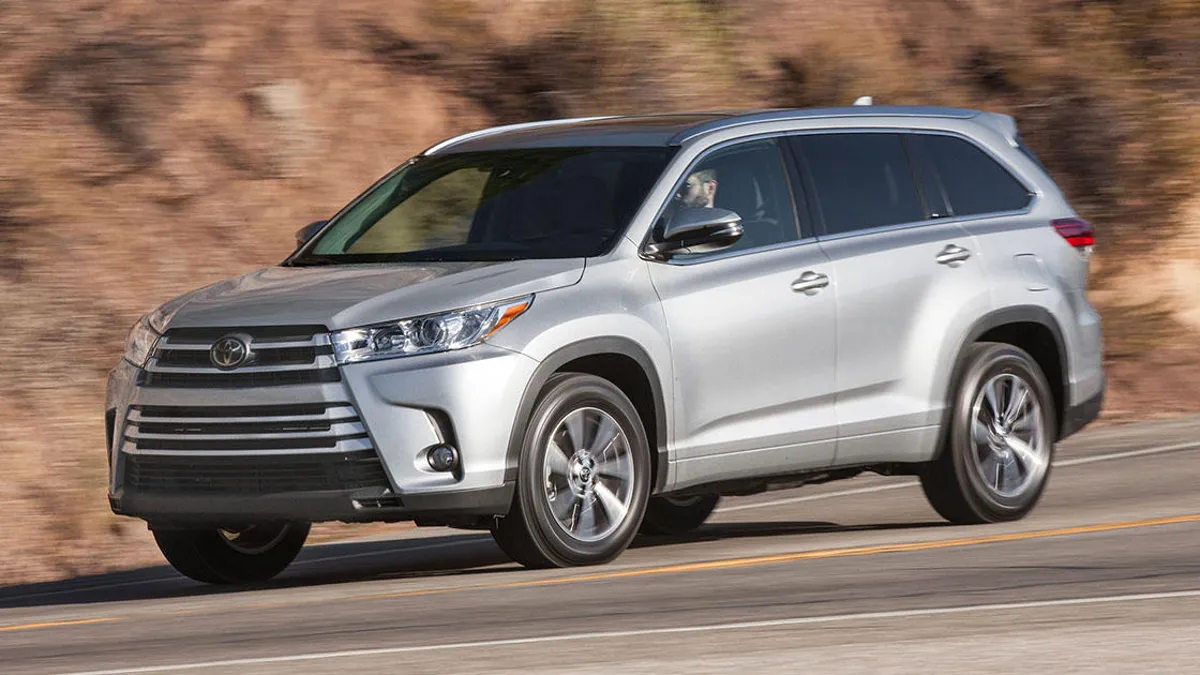
1. Toyota Highlander
The Toyota Highlander has long stood out as a reliable family SUV, and one of its biggest strengths is its long-term durability when it comes to internal systems. The air conditioning in the Highlander is consistently reported to work well, even in older models that have logged well over 100,000 miles.
Toyota’s AC systems tend to avoid common compressor failures or vent distribution issues seen in other brands. They also tend to use higher-quality parts that hold up better against extreme temperature cycles, which helps reduce wear on key components like actuators and evaporators.
The Highlander’s electronic systems are equally consistent. Its infotainment interface may not be the most cutting-edge on the market, but it’s known for stability. It rarely freezes or crashes, and users don’t often report problems with lag or touchscreen errors.
Toyota avoids overly complex systems that look good on paper but are prone to bugs. Instead, the Highlander opts for straightforward functionality that’s easy to understand and doesn’t require a learning curve. This simplicity contributes to its solid reputation for keeping all electronics operational with minimal maintenance.
One of the less obvious benefits of the Highlander is how well its electronic driver aids function without fuss. Features like lane-keeping assist, adaptive cruise control, and blind-spot monitoring tend to work seamlessly. Many modern SUVs boast these tools but often suffer from sensor errors or software glitches.
In the Highlander, these tools feel dependable, with very few reports of false alerts or sudden unavailability. Toyota’s well-tested Safety Sense system continues to be one of the most stable and user-friendly in its class.
Owners who keep their Highlanders for several years find that they rarely need unexpected visits to the dealership due to electronic or climate control failures. While regular maintenance is always necessary, the car’s design avoids the weak spots that often plague other SUVs in the same segment. For families looking for a steady, no-drama vehicle that performs year after year, the Highlander remains a trusted choice that handles both temperature control and in-cabin tech with consistent success.
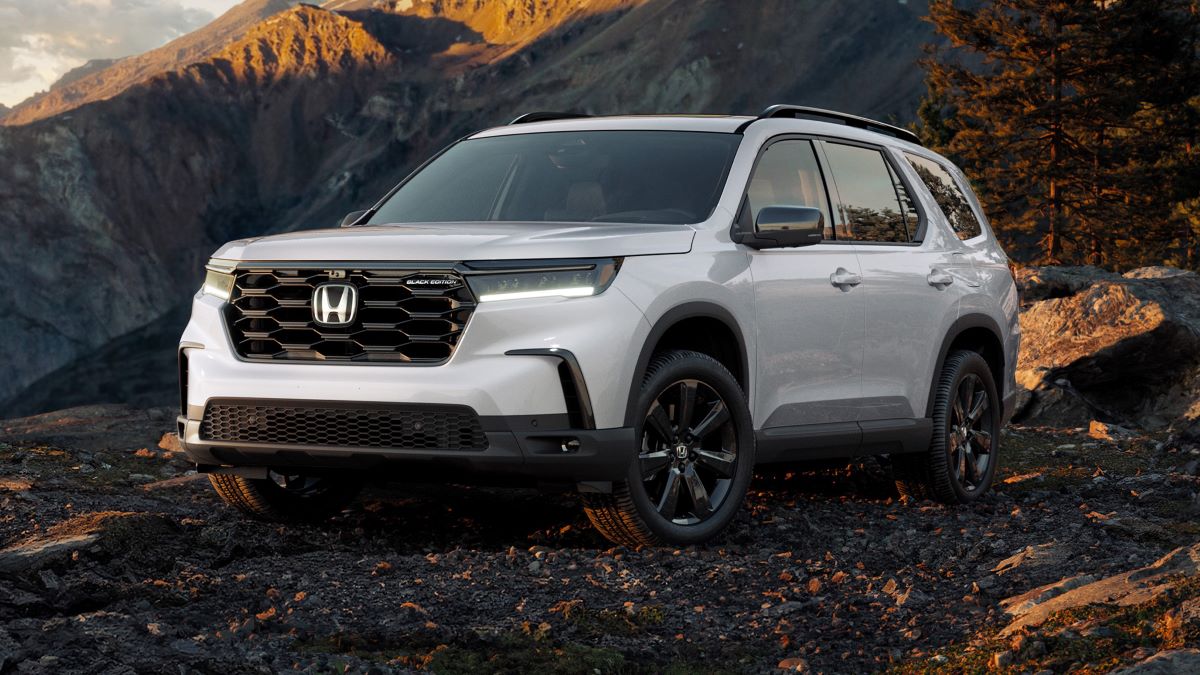
2. Honda Pilot
The Honda Pilot has been a favorite in the three-row SUV segment for years, and much of its success comes from its consistency in delivering practical, family-friendly features without frustrating maintenance issues. One area where the Pilot continues to shine is in its air conditioning system.
Honda has invested in making sure the AC operates effectively, even in hot climates or under heavy use. Many owners have reported that their Pilots continue to blow cold air quickly even after more than a decade on the road, with minimal component failures.
Another reason the Pilot works so well for families is that it distributes air efficiently across all three rows. This matters during summer drives when back-seat passengers, especially kids, can become uncomfortable quickly. Unlike some competitors that prioritize the front cabin and leave the rear with weak airflow, the Pilot uses a more even system with dedicated rear AC vents and controls. These details make a noticeable difference during long road trips or when transporting several passengers at once.
When it comes to electronics, the Pilot maintains a stable balance between functionality and reliability. While not packed with overly advanced technology, Honda includes the essentials and ensures they work consistently.
The infotainment system, for example, is user-friendly and does not suffer from the touchscreen lag or random resets that have plagued some competitors. Additionally, the integration with Apple CarPlay and Android Auto tends to be smooth, without the frequent disconnections that can turn a daily drive into a frustrating experience.
Safety tech in the Pilot also tends to function reliably, which is critical for families. Features like rear cross-traffic alert and forward collision warning are integrated in a way that doesn’t feel intrusive or glitchy. Sensors and cameras are typically well-calibrated from the factory and don’t need frequent adjustments. The Honda Pilot stands out for being well-rounded and trustworthy in the very areas, climate and electronics, where many SUVs stumble over time.
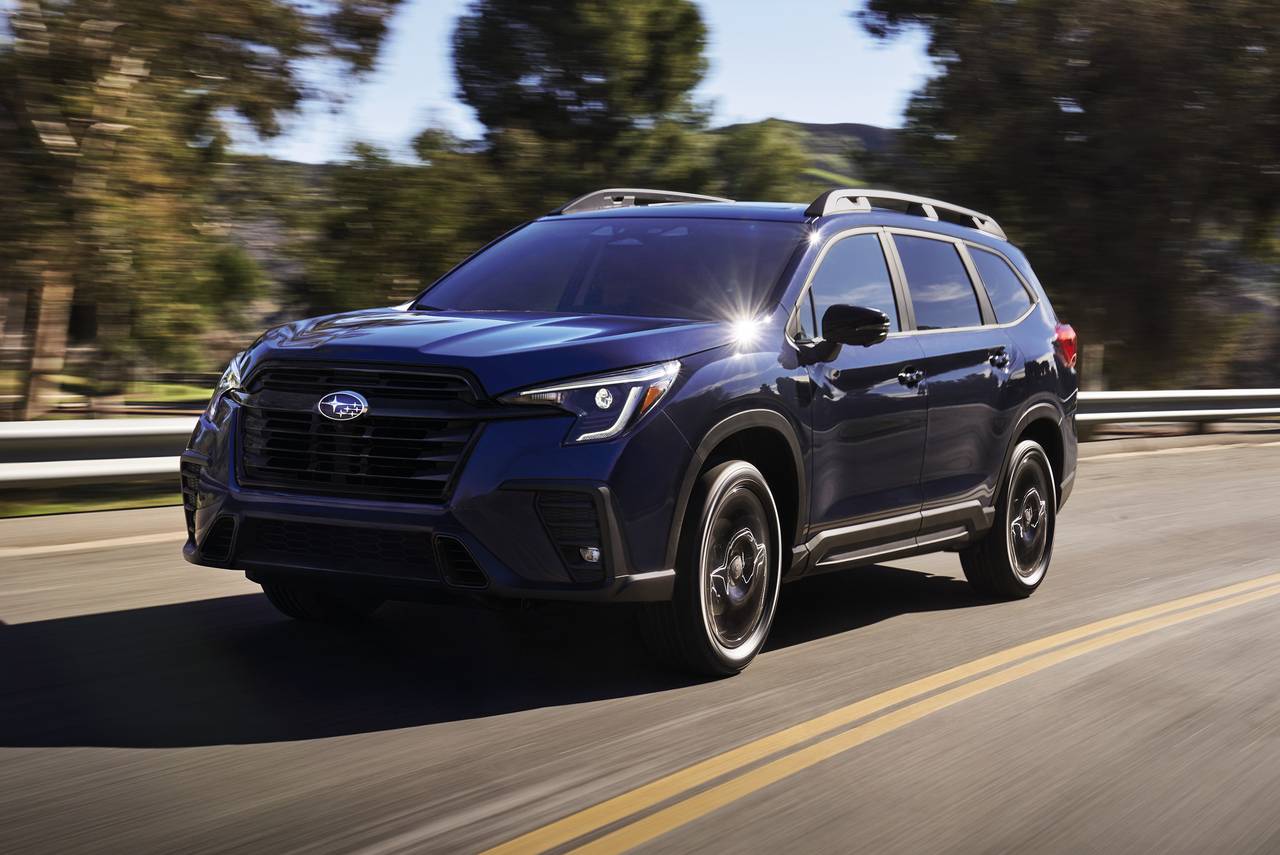
3. Subaru Ascent
Subaru designed the Ascent specifically to meet the demands of larger families, and a key part of that strategy involved keeping its core systems solid and reliable. The air conditioning in the Ascent performs admirably in a variety of climates, with strong airflow throughout the vehicle and rear-seat climate controls that are more than just a cosmetic feature.
The Ascent’s HVAC components hold up well under pressure and don’t tend to suffer from early compressor failure or uneven vent temperatures, which can be common complaints in similarly priced SUVs.
One of the biggest strengths of the Ascent is the design of its electronic layout. Subaru has leaned into keeping the cabin intuitive, with electronic controls that are functional and not overly dependent on touch-only inputs. This prevents the frustration of dealing with glitchy menus while trying to adjust basic settings. The central infotainment unit doesn’t push limits in design, but it’s appreciated for its responsiveness and logical interface. Even after years of use, users report that it holds up well without frequent reboots or software issues.
Another area where the Ascent delivers is in its camera and sensor systems. Subaru’s EyeSight driver-assist package is one of the most respected in the industry for its reliability. While some competitors pack their vehicles with more features, Subaru focuses on doing the essentials well.
The result is a safer experience that doesn’t get marred by constant warnings or malfunction notices. Owners don’t often report problems with the adaptive cruise control disengaging unexpectedly or lane centering misreading road lines.
Subaru also takes special care with internal wiring and electronic module placement. This helps reduce long-term wear from heat, vibration, and moisture, factors that often cause electronic failure over time.
As a result, the Ascent is known for avoiding issues like faulty window controls or erratic instrument clusters that can plague other SUVs after five or six years. For families who want something that will hold its value not just mechanically, but in comfort and usability, the Ascent offers strong reassurance in both temperature control and electronics.
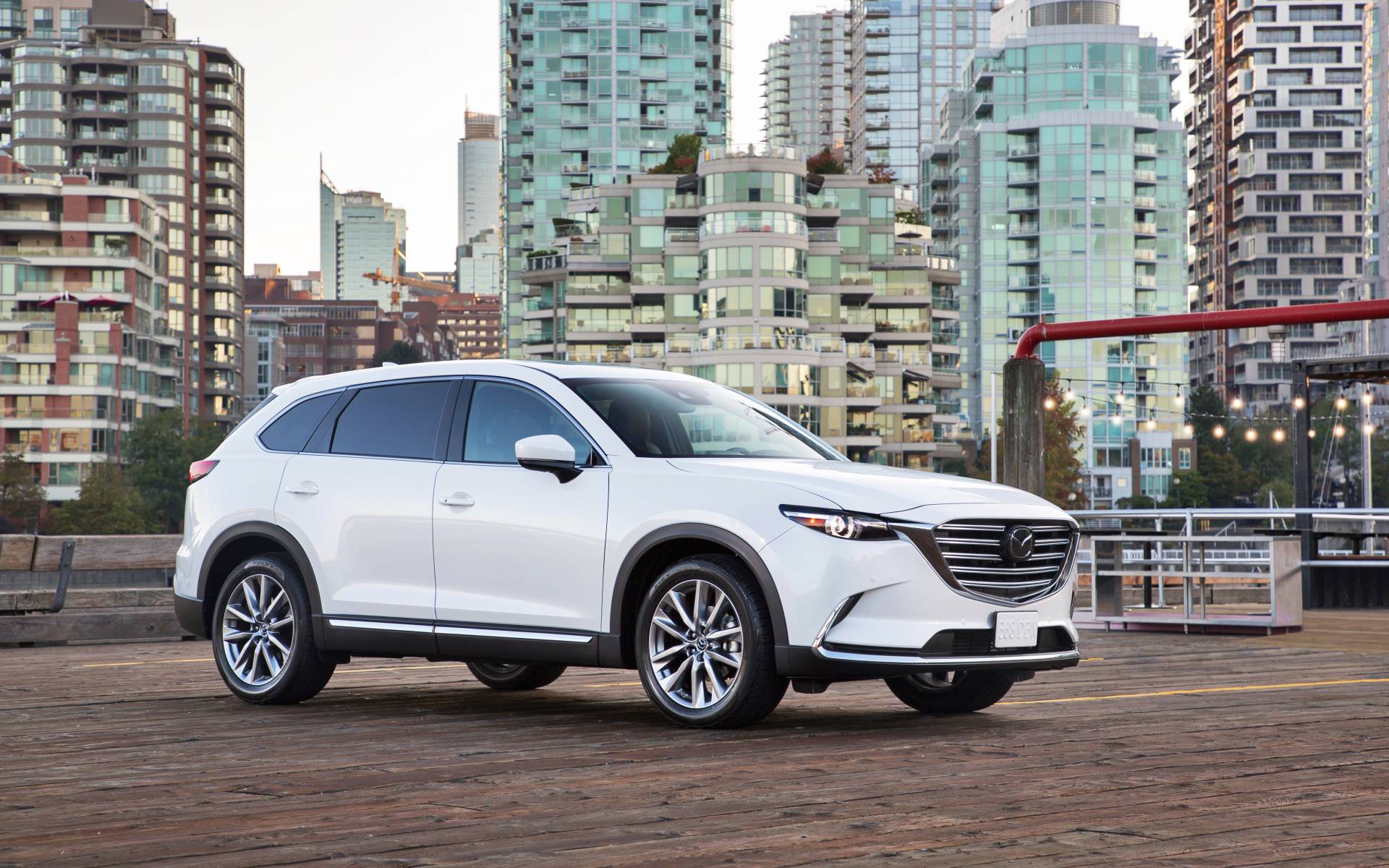
4. Mazda CX-9
The Mazda CX-9 offers a more upscale experience in the family SUV space without sacrificing long-term dependability. One of its key highlights is its well-engineered air conditioning system. Owners consistently praise the CX-9 for delivering powerful, evenly distributed cooling across the entire cabin.
The vents are well-placed, and the system kicks in quickly, even during hot summer days. It doesn’t rely on flashy features; instead, it focuses on strong core functionality, and that makes a difference when the car is full of passengers.
Beyond the mechanical cooling, Mazda has done well to avoid the common pitfalls in AC component design. Problems like leaking condenser lines, faulty blend doors, or evaporator noise are rare in this model. That speaks to the brand’s focus on quality over quantity.
While it may lack some of the gimmicks found in other brands, the simplicity and precision of Mazda’s approach ensure fewer things go wrong as the vehicle ages.
On the electronics side, the CX-9 stands out with one of the cleanest interfaces in its class. Mazda avoids touchscreen overload and relies instead on a rotary control knob that works with its infotainment screen. While some drivers need time to get used to this, the benefit is reduced touchscreen glitches and a longer system lifespan. It rarely freezes or stalls, and updates from the factory have been smooth without bricking the system, a problem some other brands continue to face.
Mazda also doesn’t overburden the CX-9 with unnecessary sensors that might malfunction. The essentials like rearview camera, blind-spot monitor, and forward braking assist are all included, and they operate with reliable consistency.
What this means for a family is fewer unexpected alerts, fewer system resets, and more time spent actually enjoying the drive. The CX-9 manages to walk the line between luxury feel and long-term practicality, particularly when it comes to how well its air conditioning and tech features perform after several years.
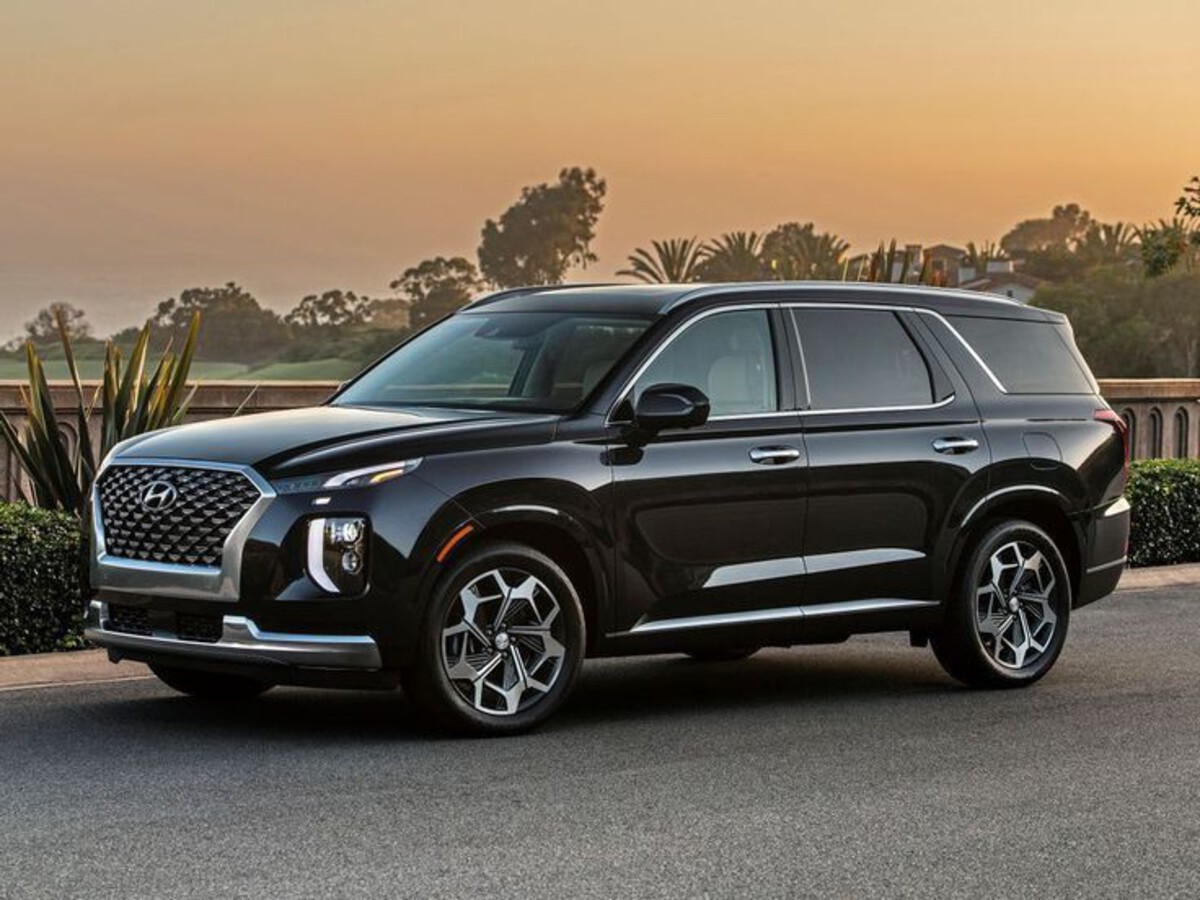
5. Hyundai Palisade
The Hyundai Palisade is a relative newcomer in the SUV world but has quickly gained a strong reputation for comfort, design, and reliability. Its air conditioning system is a key part of what makes the Palisade such a comfortable ride. With vents available to all three rows and individual climate controls, every seat in the vehicle gets attention. More importantly, the system has proven itself stable and long-lasting. Even under heavy use, the cooling remains effective, and the system components show fewer signs of early wear.
Hyundai uses a dual-compressor setup in some configurations, which allows faster and more targeted climate response. This is a noticeable upgrade when compared to some competitors that rely on a single central blower. The climate system includes auto modes that work correctly, maintaining the right temperature rather than constantly overcorrecting. Families often comment on how quickly the cabin cools down after sitting in the sun, and that cooling remains even and predictable during long drives.
The Palisade’s electronic package is also one of the better ones on the market in terms of stability. The large touchscreen display is responsive, and the operating system it runs is well-optimized. Problems like ghost touches, delayed commands, or system restarts are rare.
Hyundai has managed to strike a balance between high-end presentation and robust functionality. Android Auto and Apple CarPlay work reliably, and the multiple USB ports throughout the vehicle are well-positioned and maintain power output over time.
In terms of safety electronics, the Palisade is equipped with a suite of helpful tools that don’t overwhelm or malfunction. Lane following assist, smart cruise control, and driver attention warning systems are designed to work smoothly without false alarms.
The sensors used for these systems are well integrated and resist environmental damage or wear. This level of detail ensures that the Palisade remains not only enjoyable but dependable, especially in the areas that matter most to families who spend a lot of time in their vehicles.
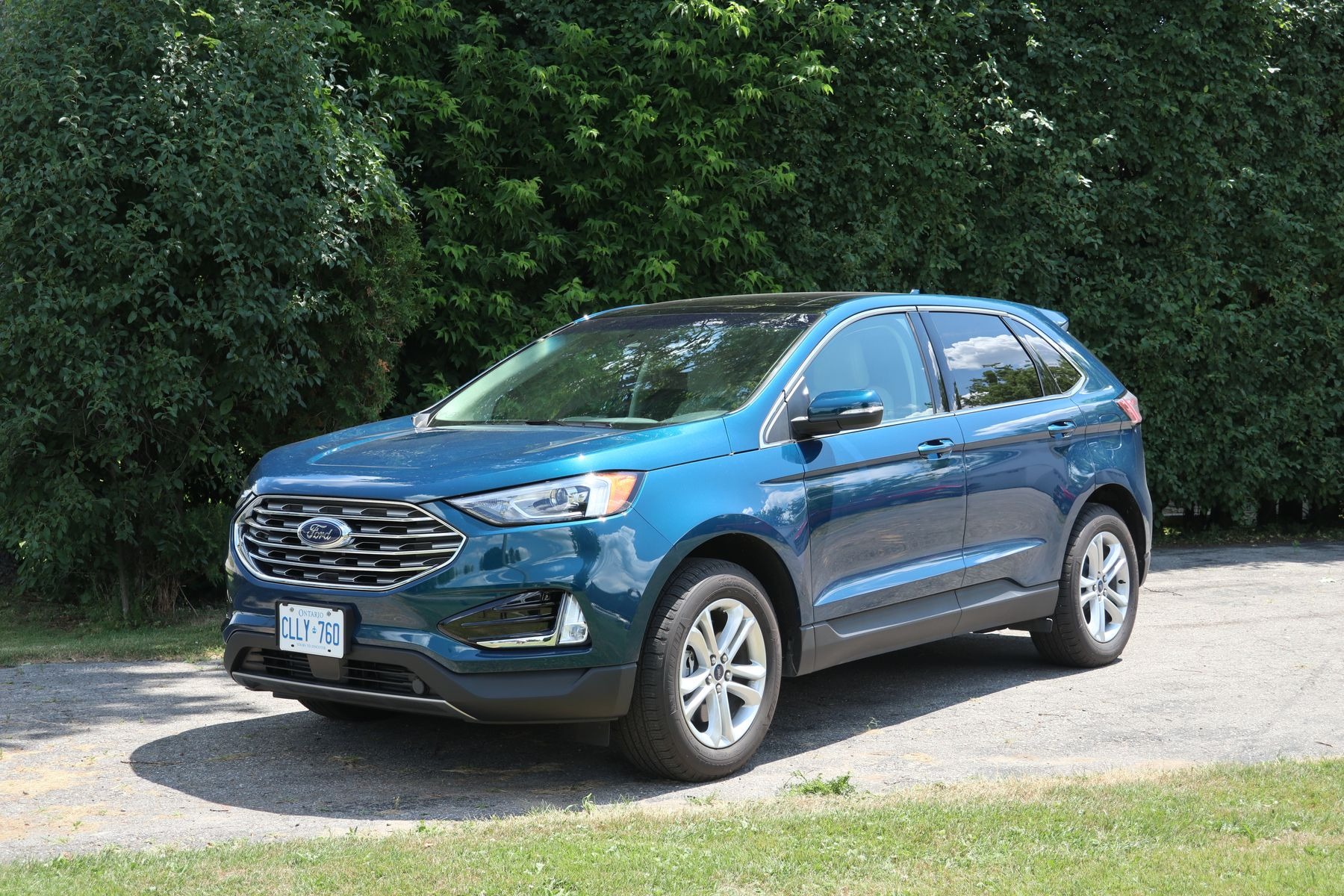
6. Ford Edge
The Ford Edge has been part of the midsize SUV market for years and has built a name for itself by being sturdy and reliable, particularly in terms of how its climate and electronic systems hold up over time.
The Edge’s air conditioning system is one of the more effective in its category, providing fast and consistent cooling, even during heat waves or long trips with multiple passengers. Unlike some other vehicles in its price range, the Edge rarely suffers from early compressor failures or airflow imbalance between the front and back rows.
One of the standout features of the Edge’s AC system is its intelligent temperature management. It adapts quickly to outside conditions and makes real-time adjustments without the driver needing to fiddle constantly with the settings. The cabin cools down quickly, and the system has built-in sensors that maintain even temperature across zones, which is especially appreciated in summer months. The controls are intuitive, and there are very few reports of button or dial failures, even in older models.
On the electronics side, Ford’s SYNC system has gone through many iterations, and the current version used in the Edge is one of the most stable. It features a clean layout, fast response times, and excellent integration with smartphones. Features like voice control, navigation, and media playback work consistently, and software updates are handled over the air without disrupting functionality. Owners rarely encounter the types of lag and reboot issues seen in competing infotainment systems.
The Edge also includes several smart safety technologies that tend to function as intended without frequent glitches. Features like forward collision warning and rear parking assist use durable sensors that hold up to moisture and temperature changes. This attention to design quality is why the Edge remains a trusted SUV for families who need consistent performance. It may not be the flashiest option on the list, but it keeps its core systems working day in and day out.
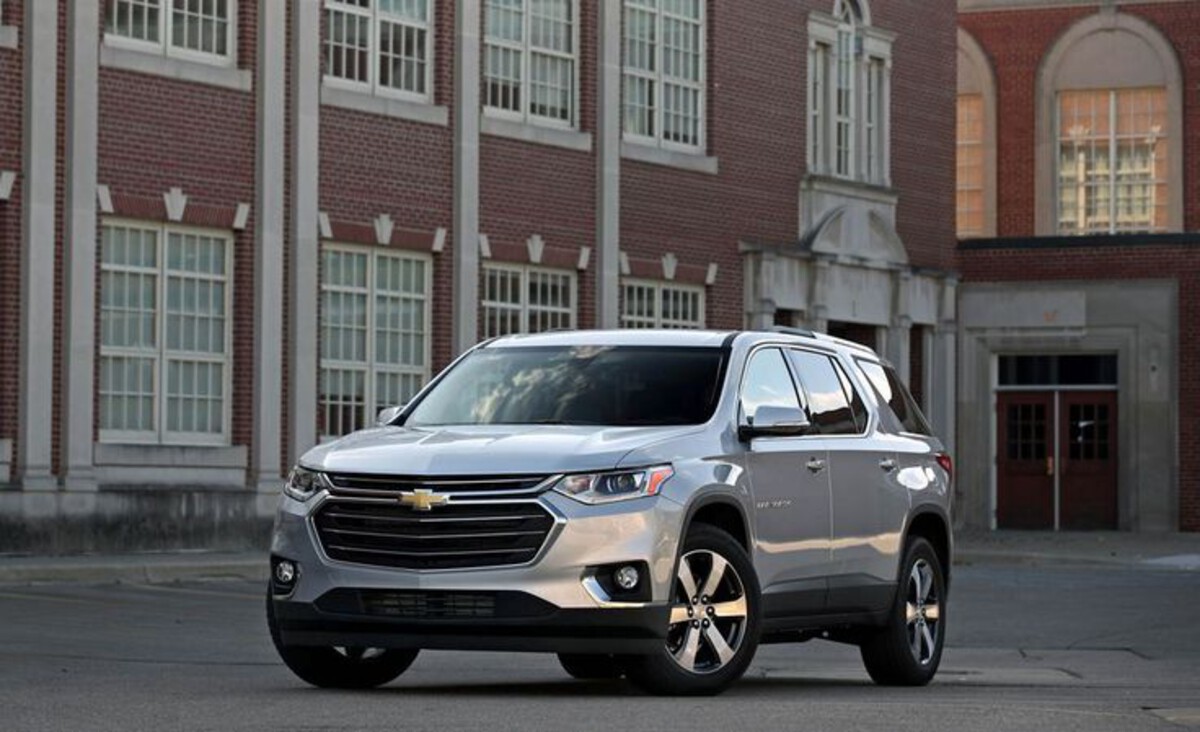
7. Chevrolet Traverse
The Chevrolet Traverse is known for being spacious, comfortable, and ideal for growing families. One of the highlights of this large SUV is its well-designed climate control system. It’s one of the few in its class that truly supports third-row passengers with enough airflow to stay comfortable.
The system includes independent controls for rear-seat passengers and has proven reliable across multiple model years. Reports of compressor problems or airflow issues are minimal, making the Traverse a solid pick when AC reliability is a top priority.
Chevy has also engineered the Traverse with durability in mind when it comes to its cooling hardware. The components are positioned in a way that reduces long-term exposure to engine heat, a common cause of early failure in other vehicles. Cabin air filters are easy to replace and contribute to keeping the system running clean and efficiently over the years. Drivers frequently note that the air starts cold and stays cold, with minimal maintenance required.
On the electronics front, the Traverse includes a wide set of standard features that generally perform well without interruption. The touchscreen is clear, fast, and responsive, and software updates have shown steady improvement without introducing bugs.
GM’s infotainment setup integrates well with modern smartphones and provides real-time feedback without much in the way of lag or crashes. Importantly, the system remains reliable even after several years of ownership, a crucial factor for families who want long-term value.
Chevrolet has also focused on making the Traverse’s driver-assist features feel less intrusive. Adaptive cruise control, lane change alerts, and rear pedestrian detection operate with minimal error. The electrical system as a whole tends to avoid the phantom battery drains or sensor misfires that show up in some competitors.
All this gives the Traverse a well-earned spot on the list of SUVs that are engineered to keep their climate and tech features functional well beyond the warranty period.
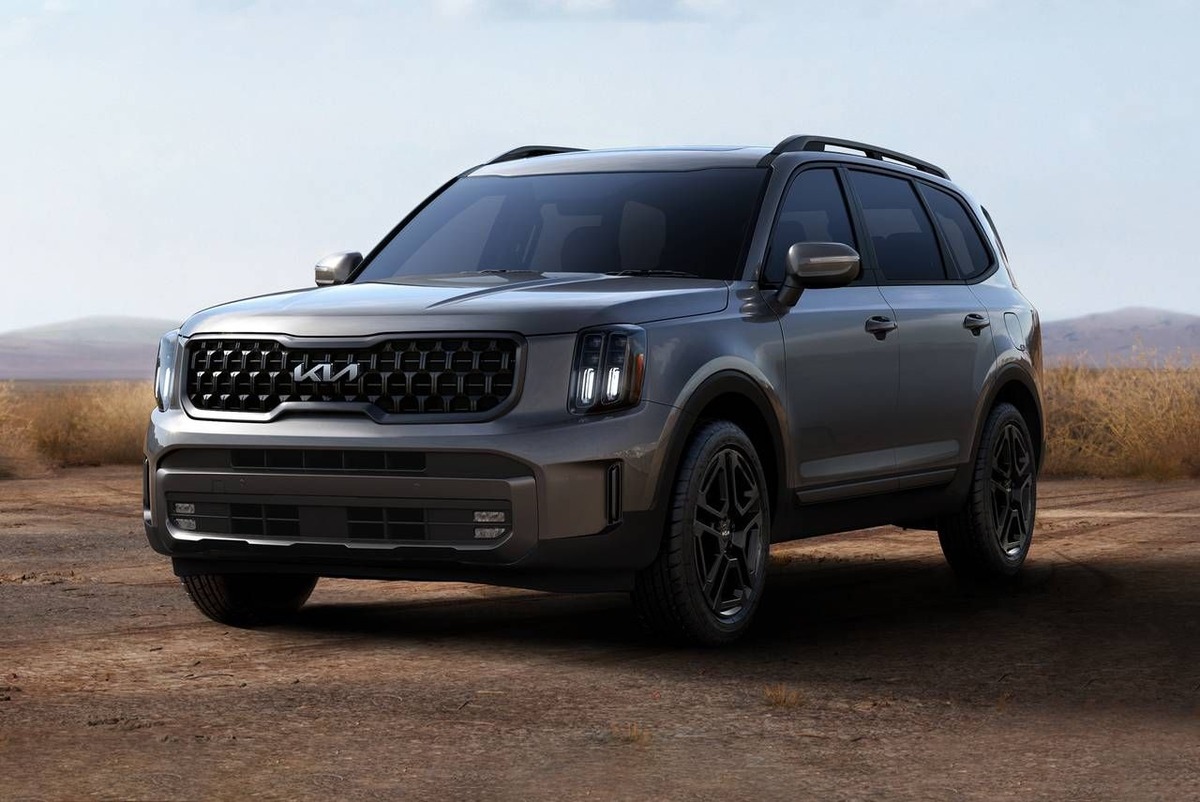
8. Kia Telluride
The Kia Telluride has quickly become one of the most popular family SUVs, and its track record for reliability in both air conditioning and electronics has only strengthened its reputation. From its debut, the Telluride impressed families with a climate system that feels luxurious without being overcomplicated.
It cools the cabin quickly and does so evenly across all three rows. The addition of ceiling-mounted rear vents and separate climate controls ensures everyone, regardless of seating position, is comfortable within minutes of starting the vehicle.
What really sets the Telluride apart is the long-term consistency of its HVAC system. Owners report minimal failures, even after years of use, and the controls have a solid, well-built feel. There’s little to no delay between selecting a temperature and feeling the change. Kia’s use of quality materials in the evaporator, blower motor, and thermostat modules prevents the wear and tear that often shortens the life of other SUV air conditioning setups.
On the electronics front, the Telluride stands tall among its competitors. The large touchscreen display is clear, intuitive, and quick to respond. More importantly, the system rarely freezes or crashes, even after extended use. The user interface is well-organized, avoiding the cluttered feel of some rival systems. Navigation, media, and device integration all function with a level of polish that’s rare in this price range, and owners consistently praise the vehicle for how smoothly it pairs with smartphones.
Kia also integrates a full suite of driver-assist features, all of which perform dependably. Blind-spot view monitors, forward collision avoidance, and smart cruise control have proven effective without overreaching or producing unnecessary alerts.
Unlike many other SUVs that add these features without sufficient software testing, Kia made sure the Telluride’s tools work consistently. That dependability in both climate control and electronics makes it a top-tier choice for families who want worry-free comfort on every trip.
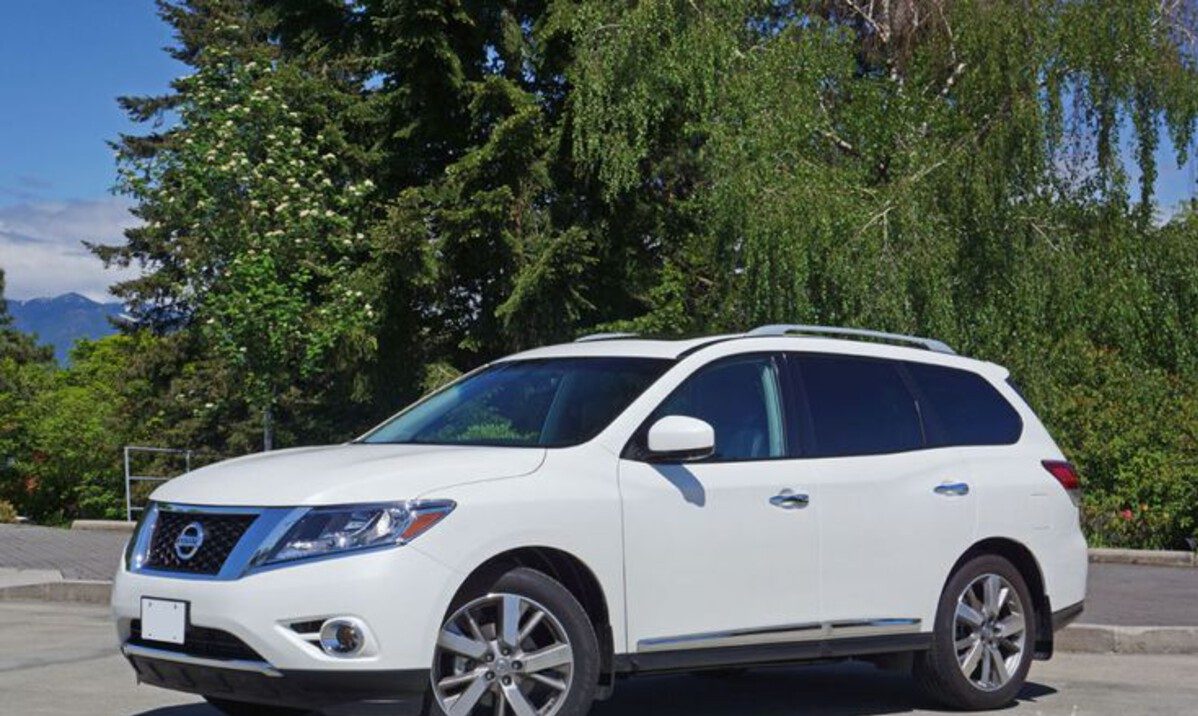
9. Nissan Pathfinder
The Nissan Pathfinder has evolved significantly over its many generations, and the latest versions offer strong improvements in key areas that families care about. One of the standout improvements is the air conditioning system, which has become far more capable and dependable. It delivers strong airflow and temperature control to every row, even in hot conditions or when the cabin is full. The three-zone climate control is effective, and owners rarely mention uneven cooling or failure in either the front or rear vents.
Unlike older versions that had occasional HVAC issues, the newer Pathfinder models use updated components that are more heat-resistant and longer-lasting. The compressor is quieter and more efficient, and the climate system is more robust under continuous use. For families living in warmer regions or those who take frequent road trips, this stability in air conditioning performance is a major plus.
As for electronics, Nissan has done a solid job refining the Pathfinder’s system. The touchscreen and digital instrument cluster are designed with clarity and simplicity in mind. Instead of adding flashy but unreliable features, Nissan has focused on the essentials, which contributes to fewer software glitches and longer component life. Features like backup cameras, navigation, and wireless connectivity work as intended without frequent bugs or delayed responses.
Safety technology is another area where the Pathfinder maintains consistency. Nissan’s Safety Shield suite is dependable, and sensors rarely produce false alerts or require recalibration. This predictability is essential when transporting children or making long highway trips. The combination of improved climate systems and stable electronics gives the modern Pathfinder a spot among the best SUVs for families who value durability and ease of use.
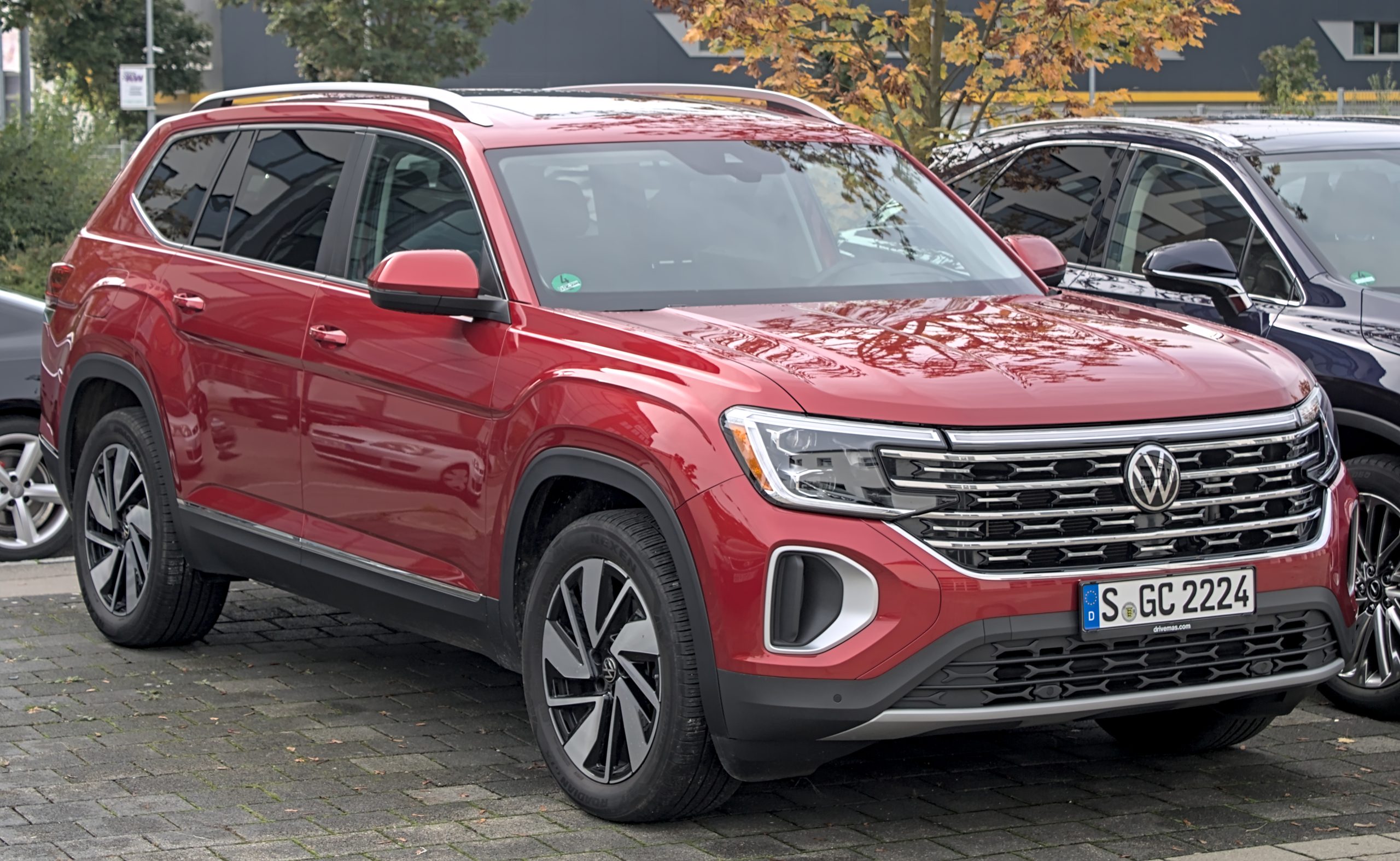
10. Volkswagen Atlas
The Volkswagen Atlas stands out as one of the roomiest midsize SUVs available, and its spaciousness is complemented by a well-functioning climate system that has won praise from families. The air conditioning system in the Atlas cools quickly and thoroughly, making it well-suited to transporting larger groups. It has separate controls for rear passengers and a well-tuned distribution system that ensures even temperature throughout the cabin.
Unlike some of its German-brand counterparts, the Atlas has avoided overengineering its HVAC system, resulting in fewer part failures. The components, compressors, ducts, sensors are robust and have held up well even in areas with harsh seasonal temperature shifts.
The dual-zone or tri-zone setups work reliably without fluctuating temperatures or vent blockages. These traits make the Atlas a trustworthy option for those who prioritize in-cabin comfort for the whole family.
On the electronic side, Volkswagen has streamlined the Atlas’s systems in recent years to improve reliability. The infotainment system has a simple, clean interface and is less prone to freezing than in past VW models.
Features like navigation, app mirroring, and music control function smoothly. Software updates are handled efficiently and don’t tend to introduce new bugs, a common issue with tech-heavy vehicles.
Safety electronics, such as parking sensors and adaptive cruise control, are consistent and accurate. The Atlas avoids the problems that affect some of its competitors, such as frequent sensor misalignment or dashboard error messages. Even after several years of ownership, families report that the Atlas continues to function well in both its climate and electronic systems.
It may not be the flashiest SUV on the market, but its balance of space, comfort, and dependability makes it a great choice for households who don’t want to deal with frequent mechanical or electronic repairs.
Also Read: 5 SUVs with Integrated Skid Plates vs 5 that Rust Beneath
When choosing a family SUV, it’s easy to focus on size, horsepower, or exterior styling, but the real test of ownership comes with everyday usability. A reliable air conditioning system and electronics package can make the difference between a stress-free experience and a frustrating one.
The ten SUVs listed here consistently rise to that challenge. They stay cool when they’re supposed to and keep their digital features running without constant resets, sensor failures, or unplanned visits to the service center.
Each of these vehicles brings something different to the table. Some offer extra luxury, while others stick to tried-and-true simplicity. But what they all have in common is their ability to perform where it counts most for families: keeping the interior comfortable and the controls predictable. Whether you’re taking a daily commute, going on a vacation, or just running errands, these SUVs make sure the drive remains calm and controlled.
Avoiding frequent AC or electronics problems isn’t just a matter of convenience. It’s also a cost-saving decision. Repairs for these systems can be expensive, and downtime can throw off your entire routine. Choosing an SUV with a reputation for getting these two areas right gives you peace of mind and better long-term value. It means fewer unexpected issues, happier passengers, and a smoother driving experience every day.
For any family evaluating their next SUV, keeping AC and electronic reliability in mind is a smart move. These ten models have proven they can stand the test of time, maintain performance in tough conditions, and support the rhythm of daily life without frequent breakdowns. They aren’t just vehicles, they’re dependable parts of a family’s daily ecosystem, and that’s why they deserve consideration from anyone looking for their next ride.

